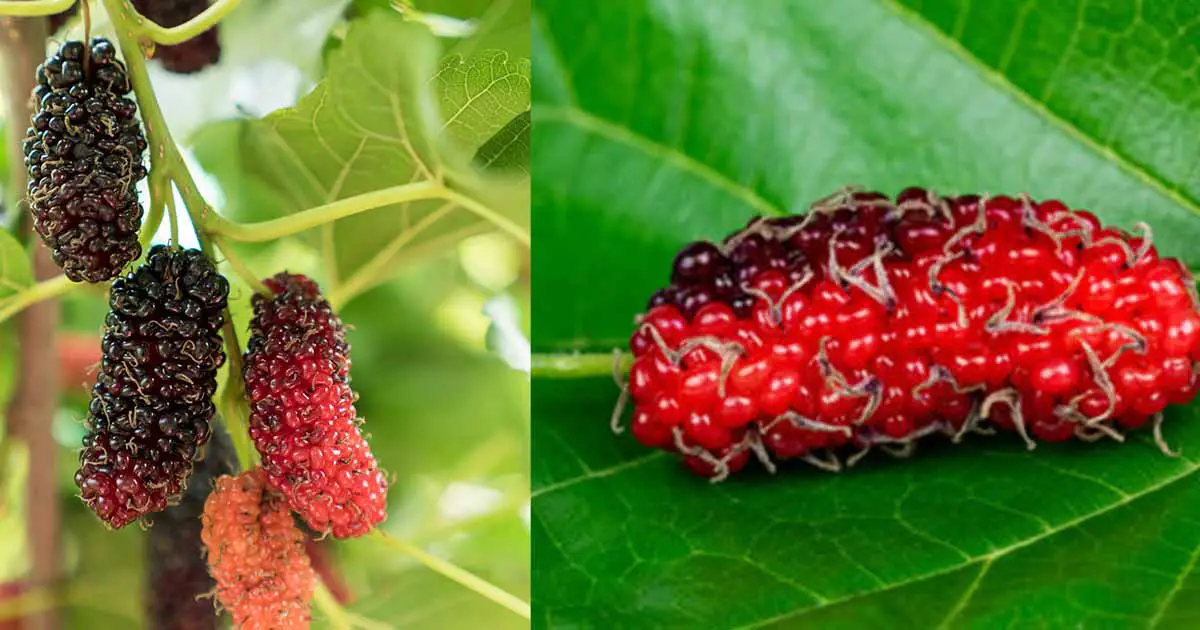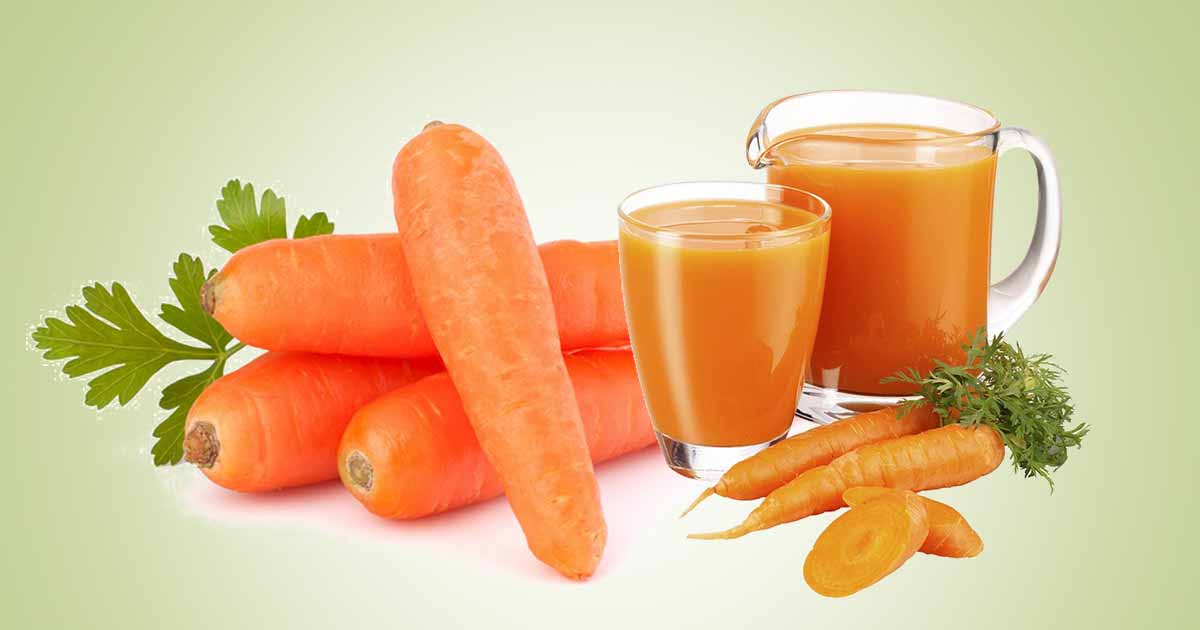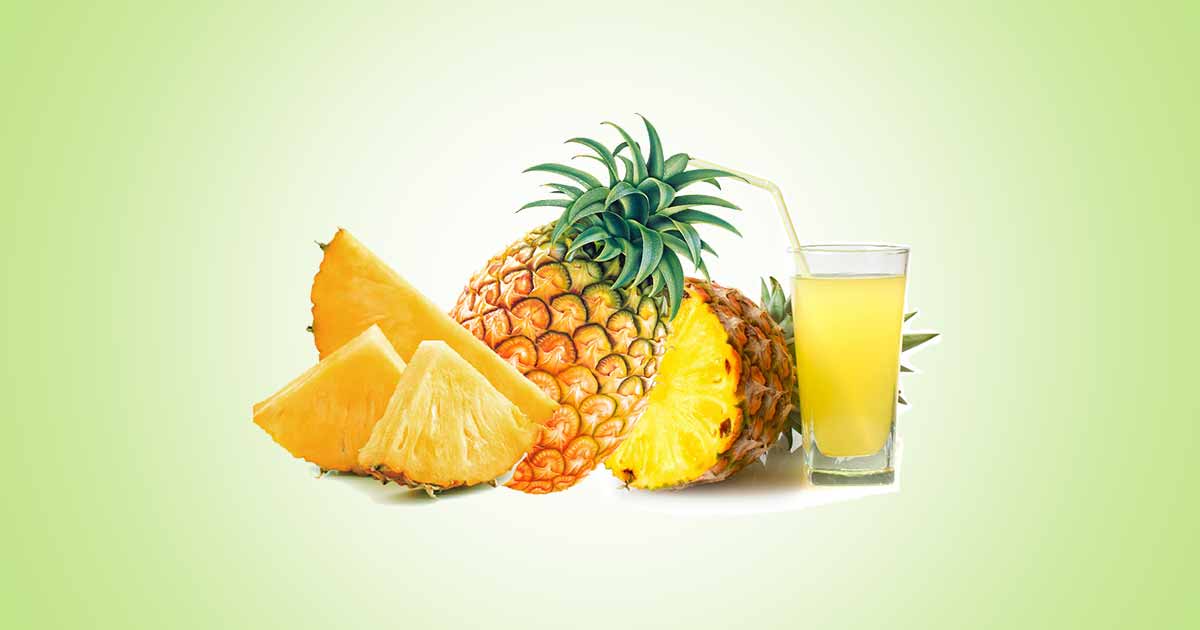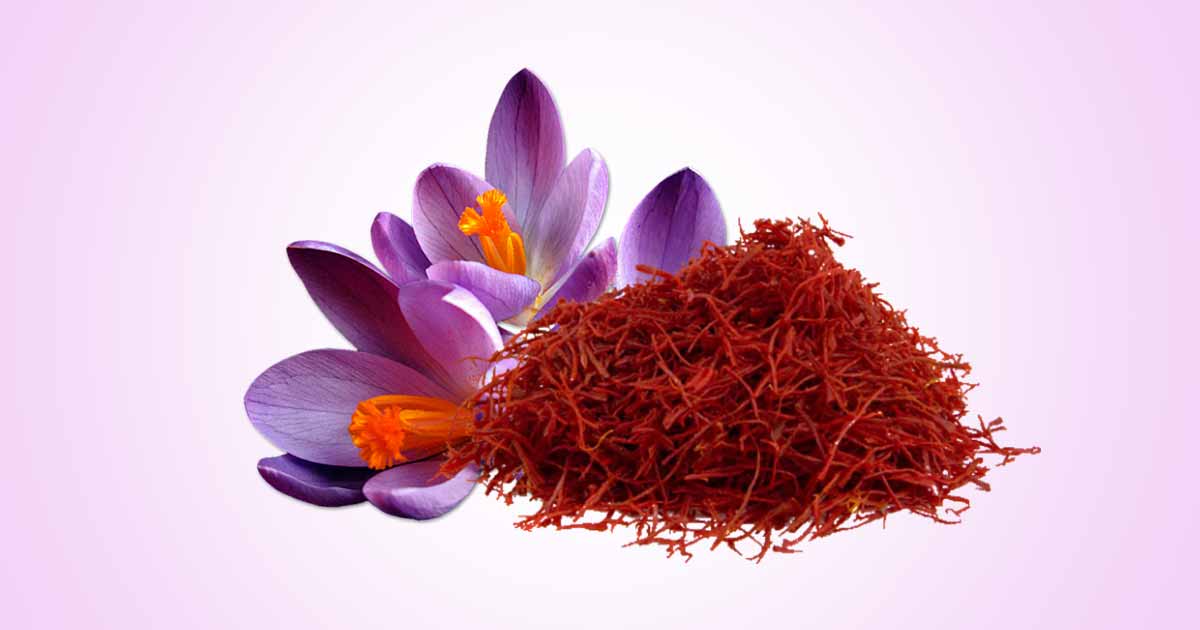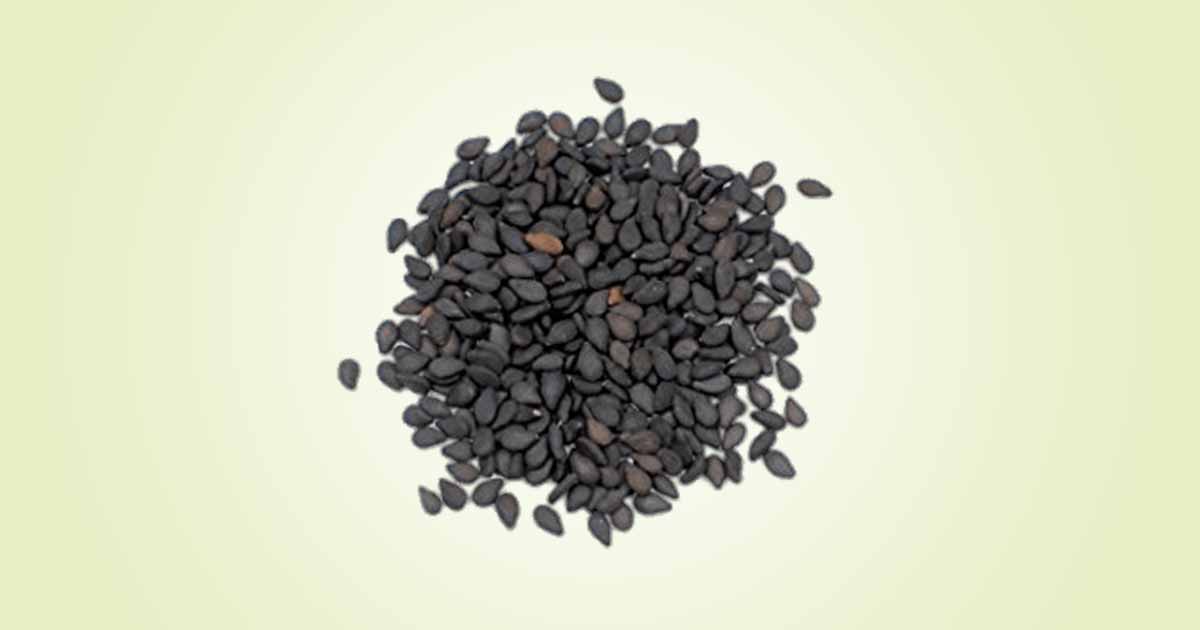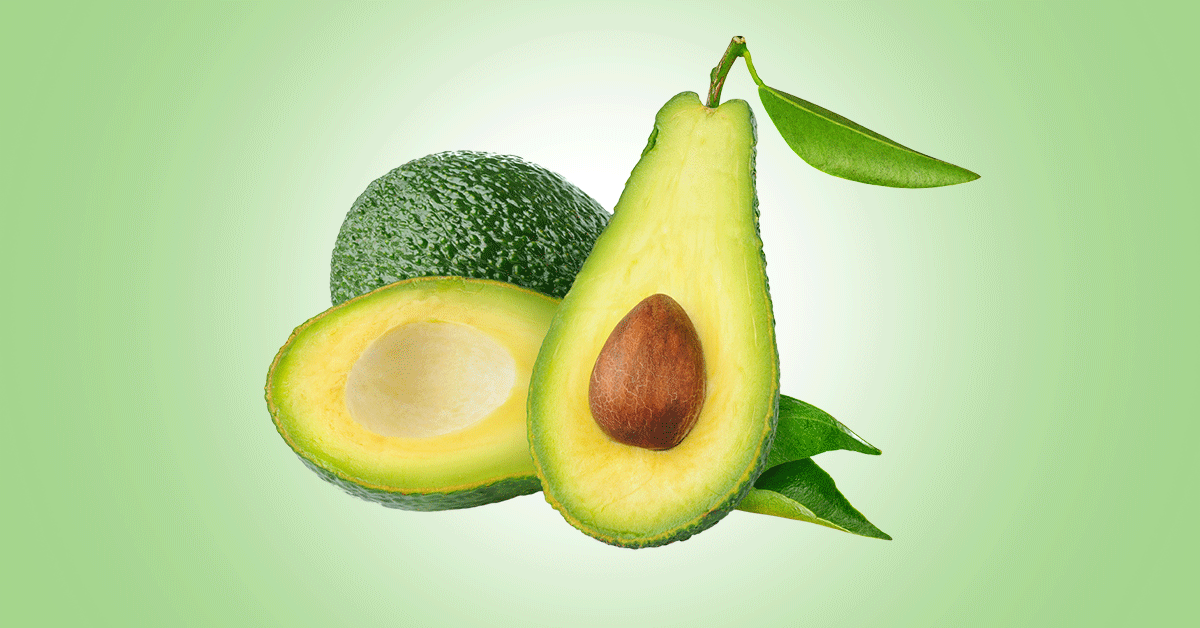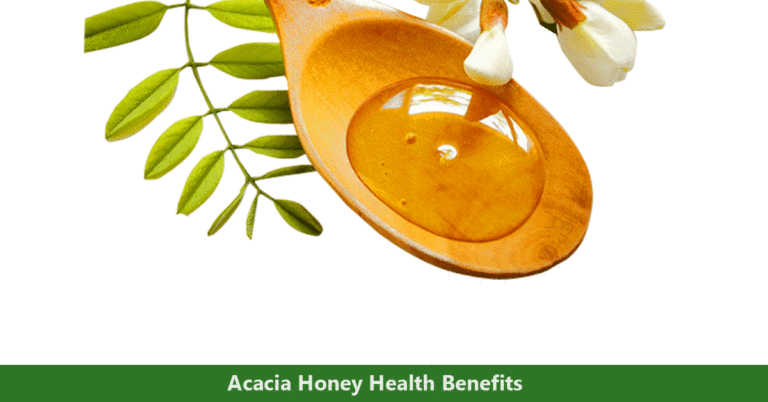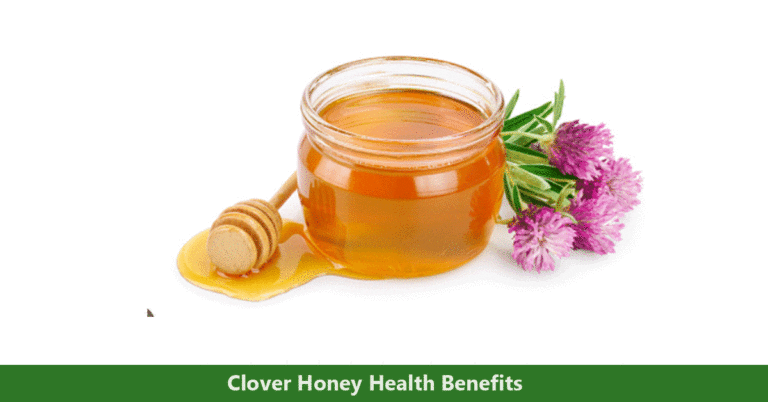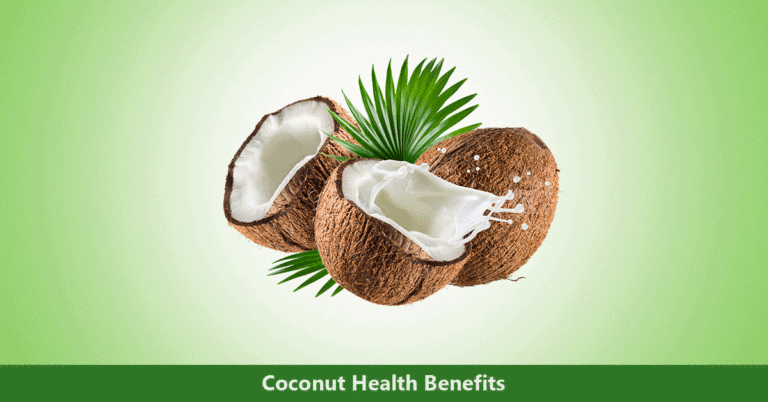Red mulberry (Morus rubra), also called, American mulberry, is a plant belonging to the Moraceae family. It is native to the eastern United States. The tree can grow up to 6-20 m tall, and has a broad, rounded crown, and usually spreading branches. It grows well in moist, wooded slopes, ravines, woodlands, forest, shady roadways, and floodplains.
The red mulberry (Morus rubra) is closely related to the white mulberry (Morus alba) plant, a species from Asia that is cultivated to feed silkworm for producing silk commercially.
The leaves are simple, alternate, ovate to variously lobed, often mitten or glove-shaped; even, with a heart-shaped base. The upper sides are dull, yellowish-green, and pale, while the under side are hairy. It produces milky sap.
Flowers are borne in the leaf axils, with small yellow to reddish- or yellowish-green catkins, short and dense female clusters, and loose and elongated male clusters. The fruit is 2 -3 cm long, less abundant, has deep red to dark purple color, and resembles blackberry fruit.
The fruit is edible, and has juicy texture and sweet flavor. They are also used for jams and syrups that are taken for short term, as red mulberry has short shelf-life. Mature bark is reddish-brown to greyish-tan, with inner bark tan. The roots have orange tints. Twigs are green to grey or reddish brown. Milky sap is found in the root and bark.
Constituents of Red Mulberry
Red mulberry contains Rubraflavones A, B, C, and D in the roots. These compounds have purgative, laxative, anti-dysentry, vermifuge activities.
It also contains bioactive compounds such as tannins, anthocyanins, alkaloids, triterpenes, glycosides, sitosterols, morusimic acid, anthocyanins, phenols, and flavonoids (chlorogenic acid, quercetin, isoquercetin, and rutin).
Nutritional composition in the plant includes minerals (sodium, calcium, magnesium, potassium, phosphorus, iron, aluminum, copper, zinc, cadmium, nickel, and selenium.
Health Benefits of Red Mulberry
Some tribes have used the leaves, flowers, fruits, and bark extract of red muberry to treat diseases. The sap is used by the Rappahannock to treat ringworm, while the Alabama and Creek Indians use the root extract to treat urinary tract infection. The Cherokee steeped the bark and ingested it as a laxative.
The Muscogee (Creek) use the roots of the red mulberry as an emetic, a stimulant, and to treat urinary problems. Red mulberry has anti-diabetic, antioxidant, antibacterial, diuretic, laxative, and anti-hyperlipidemic activities.
Antidiabetic effect:
In animal test, Morus rubra enhanced glucose tolerance. The anthocyanin content prevents pancreatic islet degeneration and reduces insulin resistance in HepG2 cells. It manages diabetes through the AMP-activated protein kinase (AMPK) pathway similarly to metformin.
Anti-aging effect:
Oxidative stress cause the release of free radicals. Free radical increase the chances of aging, and emergence of neurodegenerative diseases such as diabetes, hypertension, Alzheimer’s disease. Antioxidants, phenolic compounds in red mulberry reduce β-amyloid protein levels, increase antioxidant enzymes action, and delay memory loss, delaying the ageing process.
Hypolipidemic activity:
The leaves of Morus rubra reduces triglyceride (TG), total cholesterol (TC), low-density lipoprotein (LDL), serum glutamate phosphotransferase (SGPT, urea and creatinine. It also increases the levels of high-density lipoprotein cholesterol (HDL). This activity prevents build up of lipids, cholesterol in the body, while also preventing diseases such as obesity.
Risk of diseases such as atherosclerosis and coronary heart disease are increased by high levels of triglyceride and cholesterol in the serum.
Antimicrobial property:
Mulberry red pigment inhibit bacteria such as Escherichia coli, Bacillus, and Staphylococcus aureus. Anthocyanin inhibits gram-positive organisms more than gram-negative strains, while the constituent, resveratrol, may have antiviral activity.
The activity against molds (Aspergillus niger and Penicillium citrinum), and yeasts is minimal.
Antioxidants:
Red mulberry contains phenols, flavonoids, anthocyanins and other compounds that prevent oxidative stress, and damage to the body. Oxidative damage from free radicals cause diseases such as cardiovascular disease, cancer, and diabetes.
Ripe fruit has more antioxidant levels, and white mulberry has more antioxidant levels than other species.
Protects the Liver and Kidney:
Mulberry decreases the levels of alanine aminotransferase (ALT), aspartate aminotransferase (AST), hyaluronidase acid, alkaline phosphatase (ALP), hydroxyproline and collagen type-III in carbon tetrachloride (CCl4)-induced liver fibrosis rats. The activity has protective effect on the liver. The polysaccharides content is also beneficial for liver function.
Mulberry also inhibits blood urea nitrogen (BUN), serum creatinine (sCr) and interferes with D-galactose-induced renal cell injury.
Anticancer effect:
Zheng et al. suggest mulberry may inhibit colon cancer formation, while Yan et al. confirmed that anthocyanin in mulberry may regulate glucose metabolism of hepatocellular carcinoma cells.
Other studies suggest anthocyanins may prevent gastric cancer, melanoma, and thyroid cancer forms.
Side Effects
The male trees of red mulberry cause allergy, unlike the female trees. Pollen from the morus genus cause allergic reactions such as hay fever or asthma.
References:
- https://www.a2gov.org/departments/sustainability/Sustainability%20Natural%20Resources/Documents/Red%20Mulberry.pdf?__cf_chl_tk=rcsC2U6BgT5J2FmHlY2XJ_myb1saMqgPKnoBvXlVxKA-1684569551-0-gaNycGzNCpA
- https://www.ncbi.nlm.nih.gov/pmc/articles/PMC9028580/#B124-foods-11-01170
- https://www.ontarioinvasiveplants.ca/wp-content/uploads/2021/01/OIPC_BMP_WhiteMulberry_June032020_WEB-1-J26.pdf
- https://edis.ifas.ufl.edu/publication/FR326

